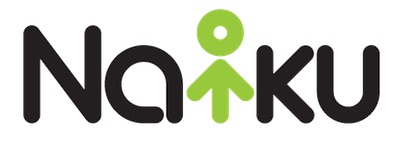In this week’s “I am Naiku” profile, Amy Kangas from Hampton Dumont High School in Iowa shares how she uses Naiku in her Spanish classes. Being a language teacher, Amy gives a lot of vocabulary tests. Below, she shares tips on how to prevent students from Googling or using technology to look up or translate a word.
My Name: Amy Hamilton Kangas

Why I teach: I teach because, I enjoy learning and have an insatiable appetite for knowledge. How does it work? Why does it work that way? Is there a better way? I hope to instill the same curiosity in my students by helping them build connections between what they know and what they are exploring.
What I teach: I currently teach 7th and 8th grade Exploratory Spanish, Spanish I, Honors Spanish I in my district and technology professional development through AEA 267/Drake University.
How long I’ve taught: 16 years (13 in the traditional classroom and 3 as a regional trainer for a Fortune 500 company)
How I use Naiku in my teaching: NAIKU allows me to provide quick feedback to students about how well they are grasping a particular concept being covered. It also allows me to conduct pre-assessment and post-assessment of concepts covered in a course over a given period of time.
Types of tests I give in Naiku: Short answer, student generate responses, vocabulary, grammar concepts
How I Deal with Potential Cheating: Lots of monitoring, I walk around during assessments and only allow students to have the NAIKU window open.
Things I do to prevent students from Googling the correct answer or translating a word on my Spanish tests: I include hints/tips in the directions, use FireFox as the browser as it doesn’t allow them to right click on a work to get the translation, only allow NAIKU window open.
Why I use Naiku: It allows the students to have quick (almost instant) feedback and allows me to have the data analysis done when the students are done.
What I like about Naiku: The responsiveness of the team to solving issues and concerns that have arisen almost immediately.
What my students like about Naiku: They know almost immediately how they have done and that I have the ability to go back and review answers to see if additional partial credit can be awarded.
Advice for other language arts teachers who use Naiku: Review the kinds of assessments you give and consider the amount of time it takes you to score and return them. Is the feedback quick enough to be formative in nature? Can students indicate their comfort level with the material being tested as they take the assessment?
If you would like to be included in our “I am Naiku” series and share with other teachers how and why you use Naiku, please send us your responses to these same questions and a picture. We love hearing from you. Thanks!

